How Kickstarter Is Tackling Its Vaporware Problem With UI
“There’s absolutely no question that the health of the Kickstarter platform is founded on trust and transparency,” says CEO Yancey Strickler.
Without that trust—specifically, the trust that the service provides a modicum of protection preventing scammers from bilking crowdfunders—there’d be no Kickstarter at all. Yet high-profile hardware failures, like the infamous Zano drone and the nonfunctional Scribble Pen, have piled up. Now, Kickstarter is making some changes to its platform and UI to help ensure would-be funders that a hot new piece of hardware isn’t too good to be true.
It’s called the Prototype Gallery, a new slide-show panel located at the top of hardware Kickstarters, right below the pitch video. It’s not flashy, but the gallery gives Kickstarter creators a standardized, high-profile locale to present their backers photographic evidence that the project they are funding is where it says it is in the design process. It’s split up between four different phases: proof of concept (explorations that test ideas and functionality), functional prototype (a prototype that proves the final product will work), appearance prototype (a nonfunctional device that shows off the finished product’s industrial design), and design prototype (a prototype that matches the function and appearance of the final product, but is made in a different way—i.e., not mass-produced).
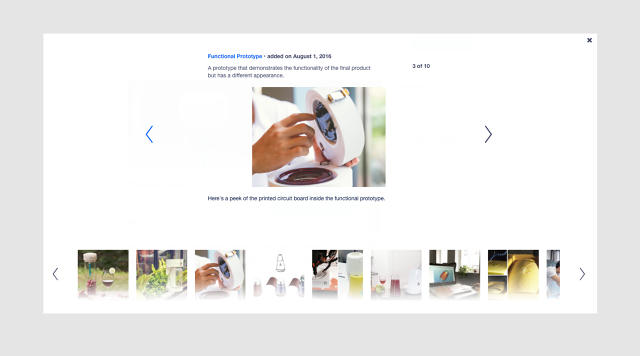
Kickstarter’s rules have always required hardware projects to have a functional prototype before their projects were approved. But in practice, that rule was academic. “It’s not like we ask creators to physically mail us their prototypes to check out,” says Strickler, who says Kickstarter’s review team looks for evidence in the video to make sure a new hardware project isn’t a scam. But even if a hardware creator does have a functional prototype, that’s still not the biggest challenge getting to market. There’s simply no shortage of Kickstarters that have failed because creators underestimated the difficulty of getting a product to market—past the initial prototype phase.
Strickler hopes the new Prototype Gallery will help solve these problems in a couple of concrete ways. First of all, it provides guidance to creators of the kind of milestones they need to hit to get a product to market, and the kind of updates they should be giving their backers as they go along.
But it also makes proof of prototype highly visible on Kickstarter hardware pages, in a way they weren’t before. Strickler says that up until now, the only requirement on creators to show off their prototypes was that they put that proof somewhere in their video. That meant creators, who were further behind on their path to market than their marketing might have suggested, could bury a glimpse of their wonky prototype in a random part of their video. With the Prototype Gallery, backers will be able to see at a glance which hardware products are transparent about their prototypes, and which ones aren’t. A campaign without a prototype gallery will automatically seem suspicious.
Debuting today in beta on a handful of opt-in Kickstarters, Strickler tells me he’s not sure if the Prototype Gallery will be a mandatory part of the Kickstarter template for hardware projects going forward. “We want to see how people start using it first before we decide if we require it from everyone,” he says. That’s because the Prototype Gallery alone isn’t a universal cure to Kickstarters going off the rails. Working prototypes are just one part of a successful Kickstarter, which still require a lot of invisible skills—like supply chain management, budgeting experience, and manufacturing—to get off the ground.
So the absence of a well-curated prototype gallery will only be a tip-off to the most obvious Kickstarter vaporware. You’ll still need to trust that creators can deliver what they promise. Even so, the Prototype Gallery should provide some level of assurance for those wary of being burned on Kickstarter vaporware. Why not be transparent about your prototypes—unless you have something to hide?
[Cover Photo: peangdao/iStock]
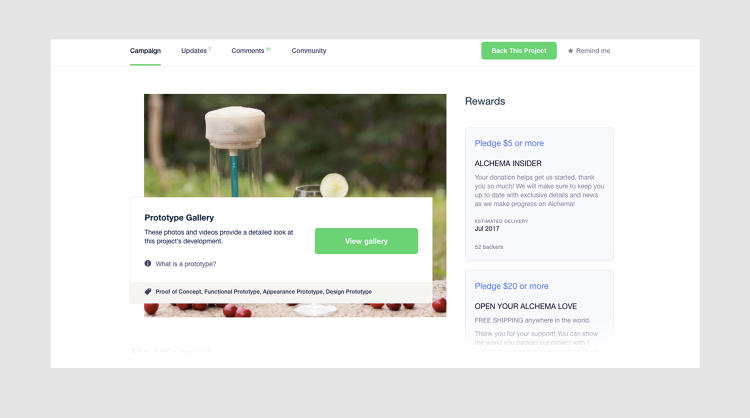
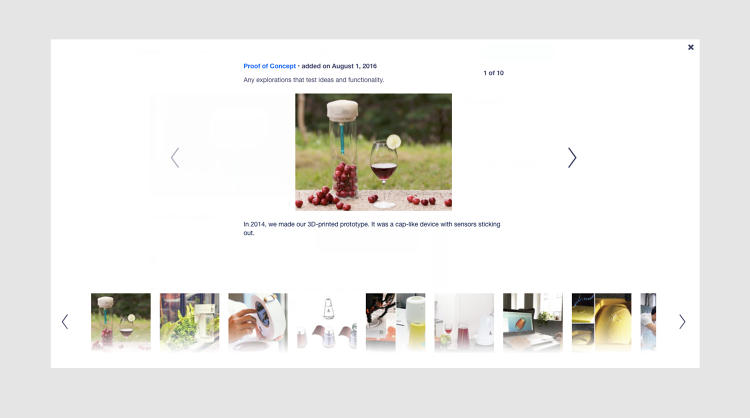
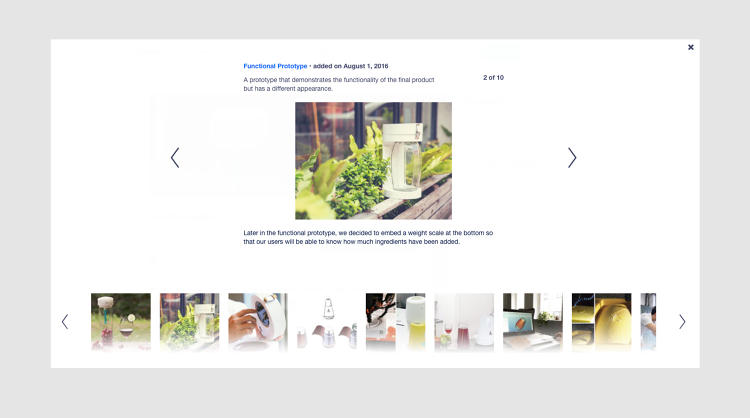

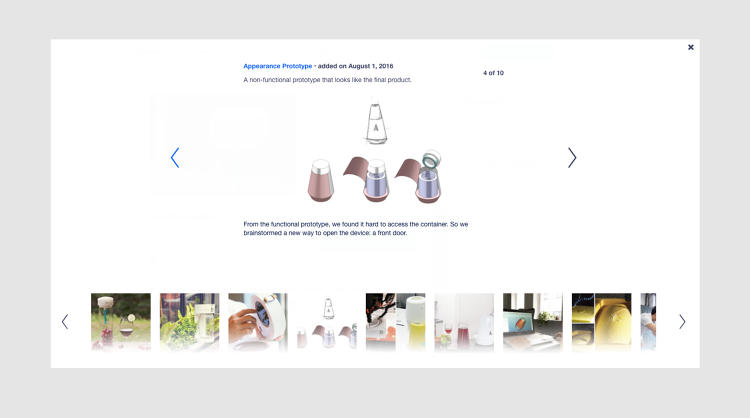

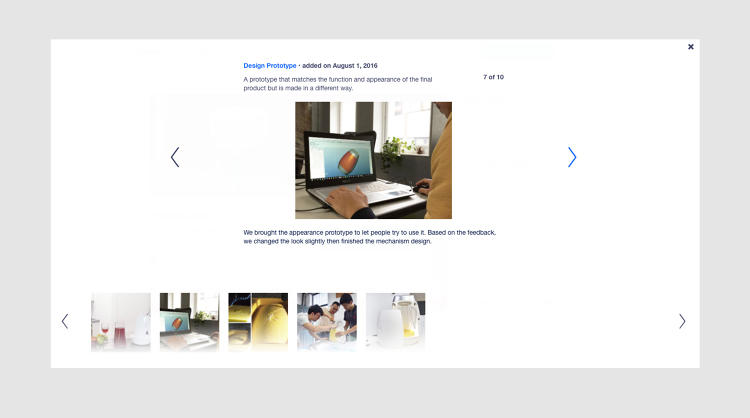
Fast Company , Read Full Story
(17)














